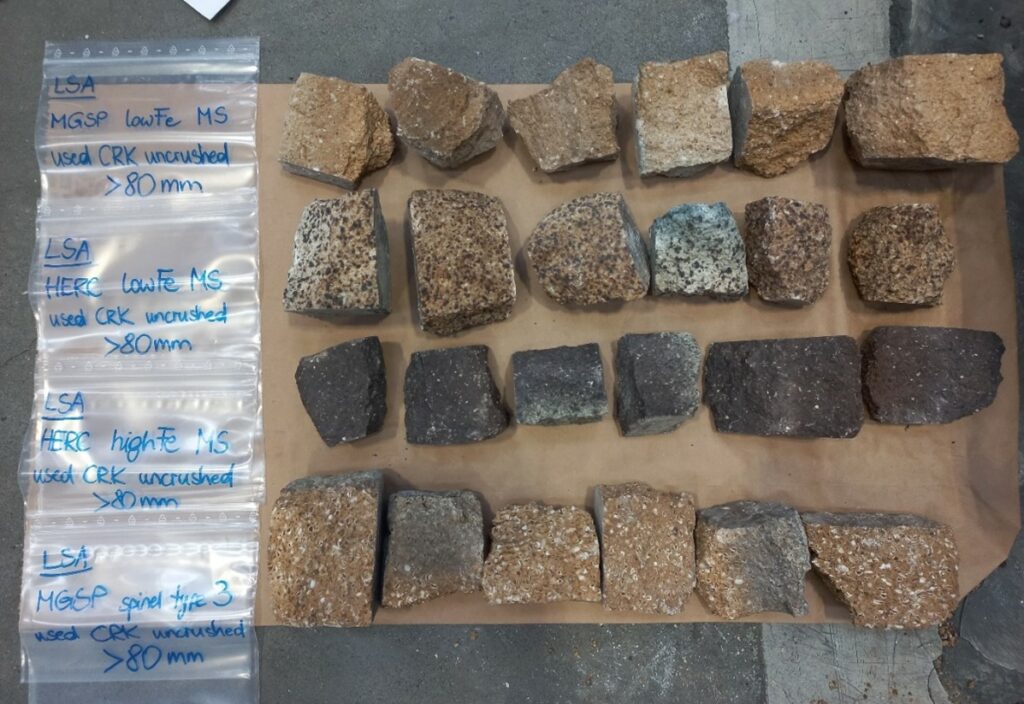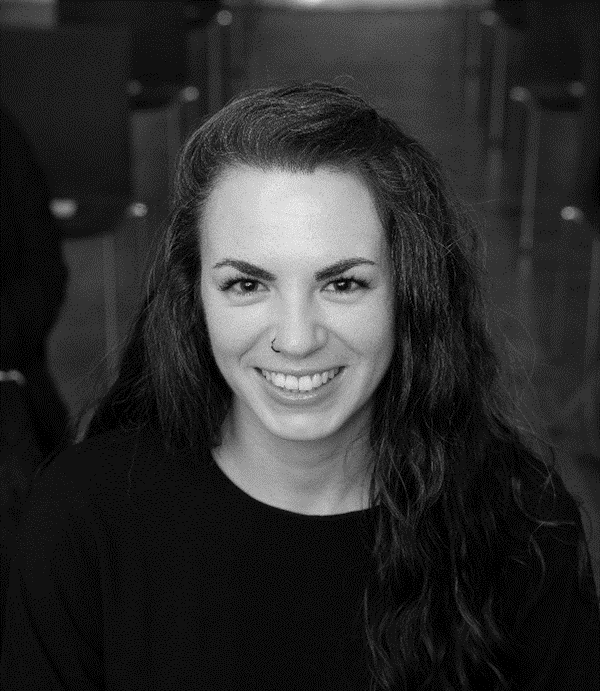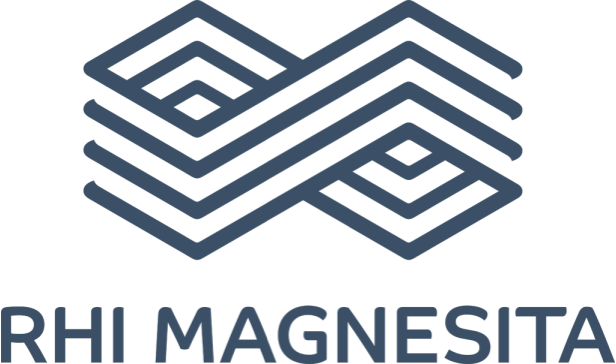Sending Our Bricks on a Scientific Expedition: Sample Preparation #2

It was time to send a second set of samples on a journey through Europe to our project partners in Norway and Germany. The first samples were sent in a circle and were passed from partner to partner (RHI Magnesita to NEO to ILT to LSA to NEO to LSA to RHI Magnesita): We did this to make sure we got measurements at the exact same position of the sample whilst using different investigation methods. This time each project partner got his own set of samples.
We chose bricks that represent the range of sorting classes used in our project. The details of the shape and size of the sample sets for the partners were discussed individually in advance. This gave us the opportunity to select or adapt the sample material for the respective investigation method in order to achieve meaningful results and to expand our knowledge.
For example, for the investigations using the HySpex camera, different positions within a brick were chosen in order to locate and map differences in mineralogy and chemistry for a final material identification. For the measurements with the LIBS technology, we prepared mixtures of different brick types which were pre-crushed and separated in different fractions to create a comparable situation that we will find later on the conveyor belt of the automated sensor-based sorting, where the laser technology will help us to determine the composition of the individual fragments.
Once the samples were prepared, it was crucial to conduct a proper labeling as well as a thorough photo documentation and sample listing. This involved capturing detailed images of the bricks and pre-crushed mixtures. By doing so, we ensured that our partners would have a clear understanding of the sample size and to make sample allocation easy. The preparation and photo documentation took much longer than I personally anticipated, spanning over several days rather than just one afternoon.
However, we look forward to receiving the results of these investigations and expanding our knowledge as we continue this scientific expedition.

Author’s Portrait
Katja Goetschl
Dr. Katja Goetschl studied Geosciences at the Graz University of Technology, specializing in the field of Experimental Geochemistry and the fundamentals of CaCO3 mineral (trans)formation. She joined RHI Magnesita as Pioneer Research Associate in 01/2023.
Partner
